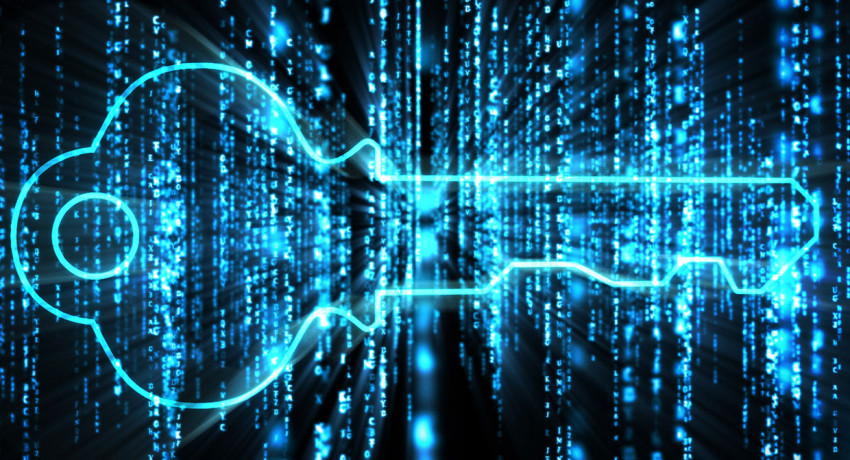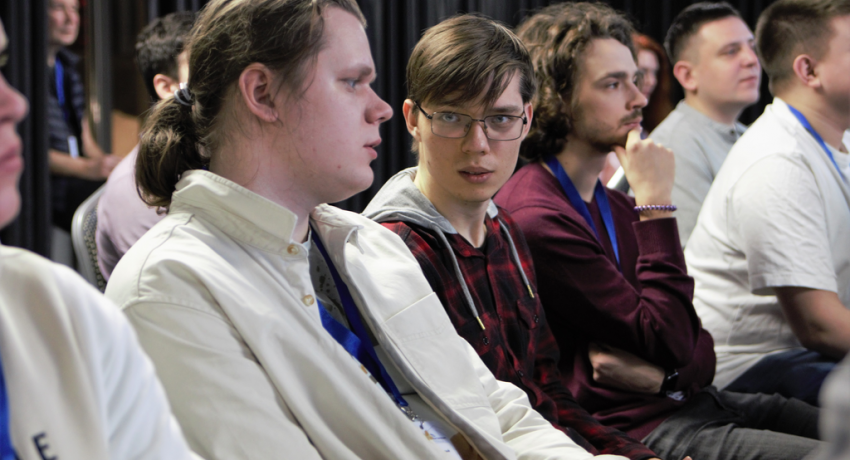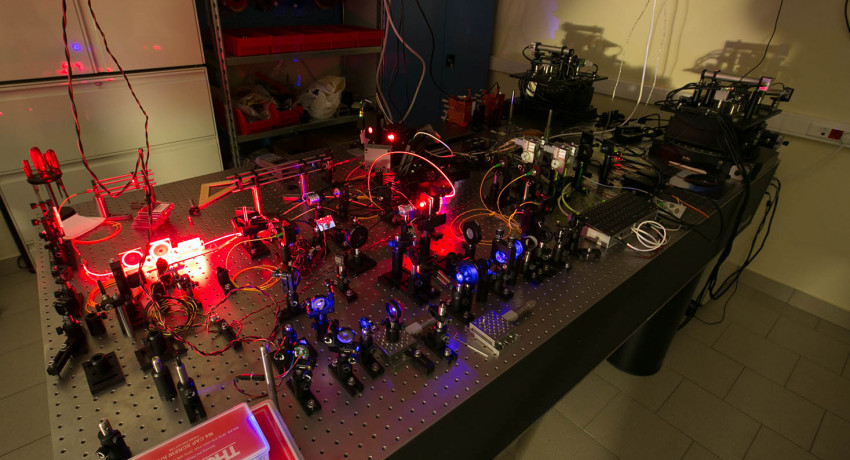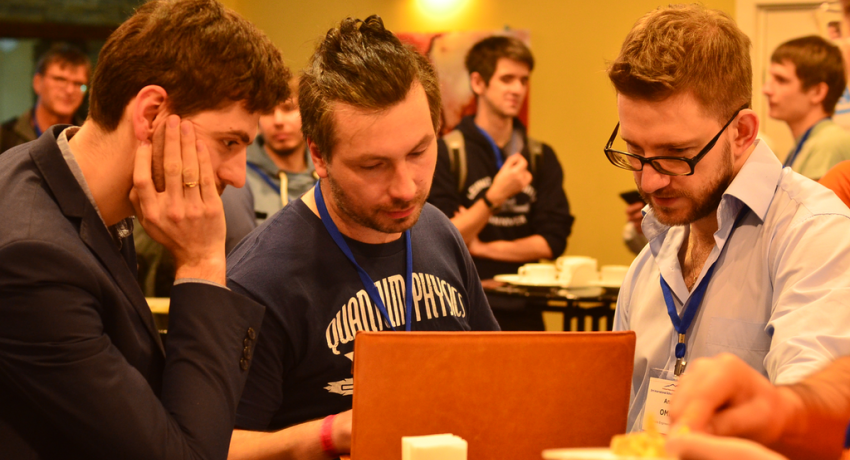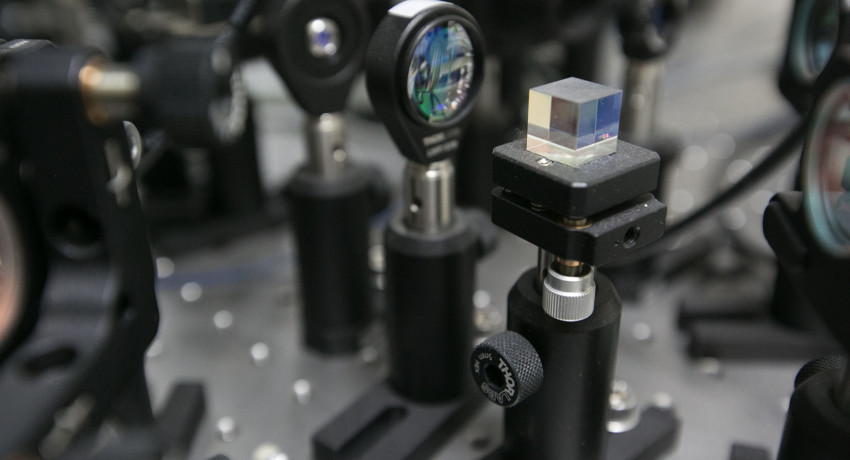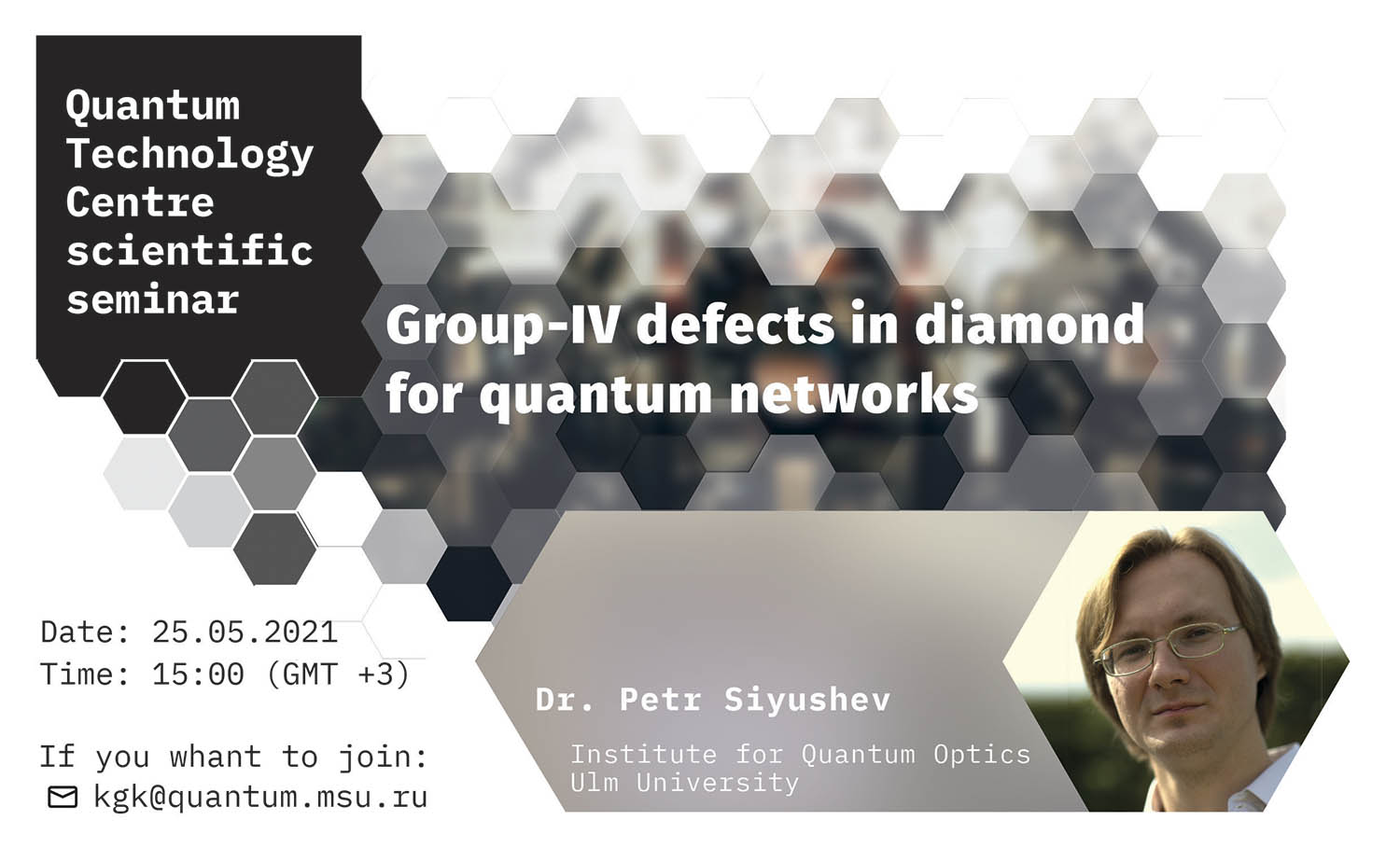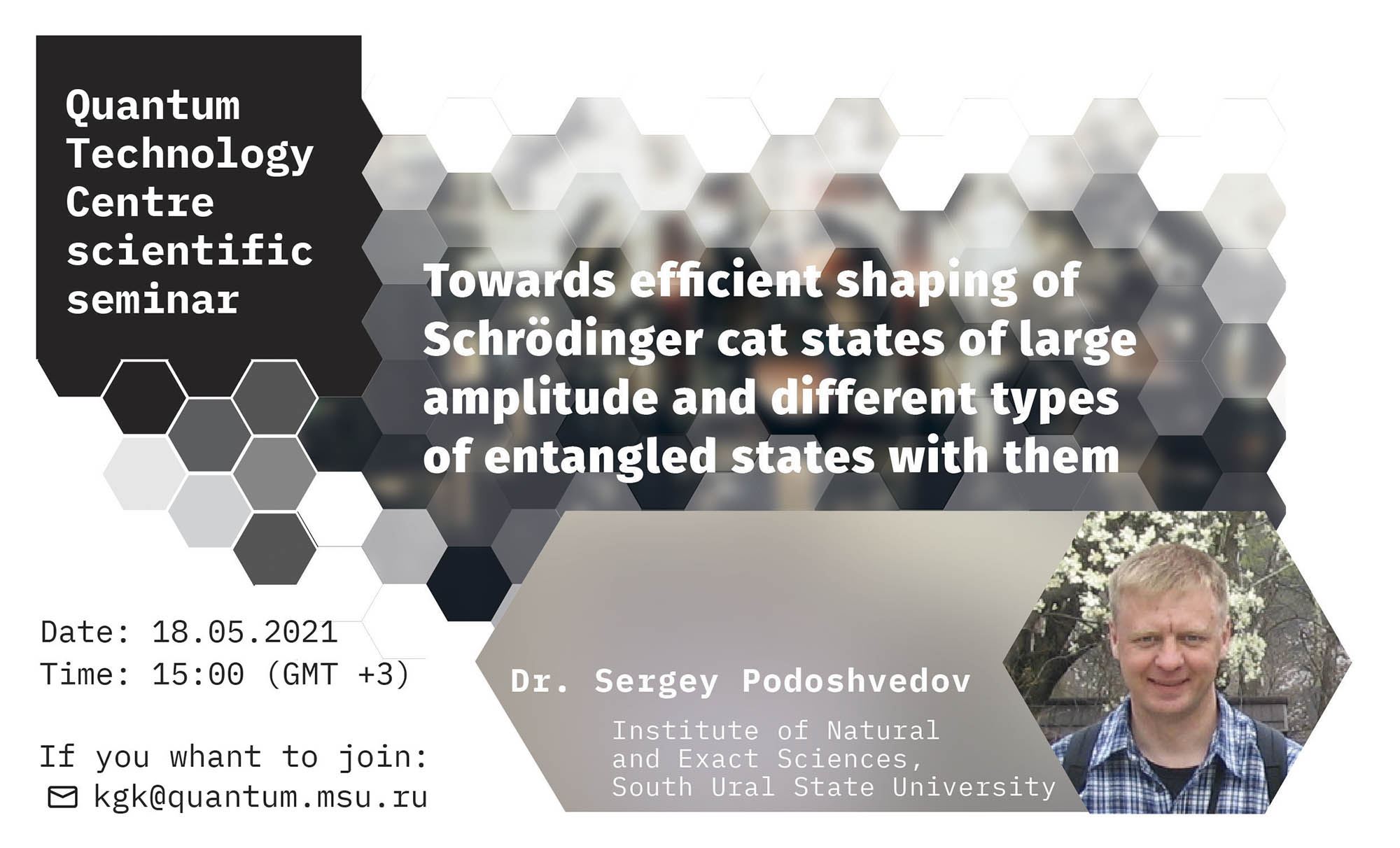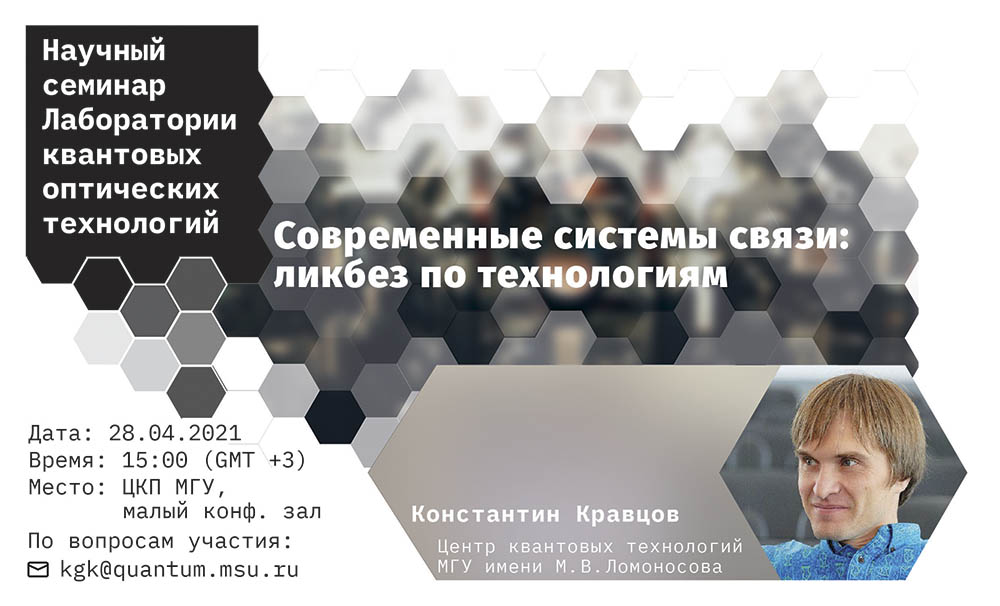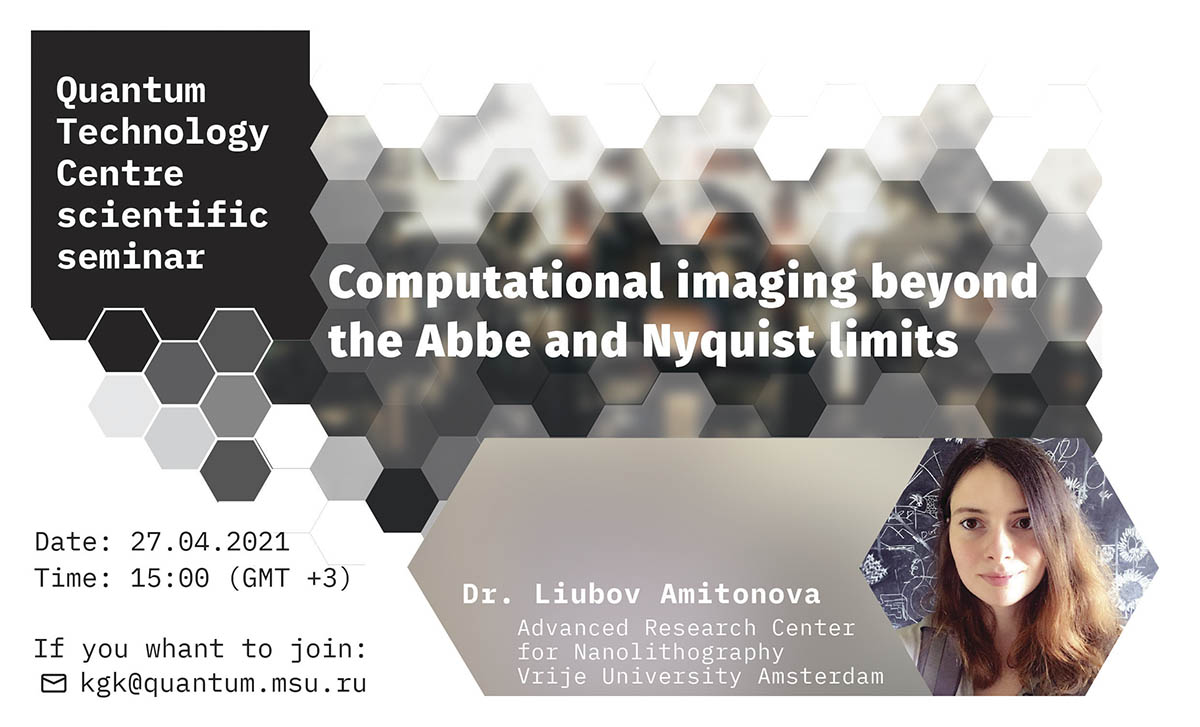Курс «Роль квантовой криптографии в информационных технологиях»
В курсе будут рассмотрены основные (классические) криптомеханизмы, используемые сейчас в промышленности и рассмотрены подходы к обоснованию их свойств (стойкости), а также популярные сейчас принципы построения криптомеханизмов.
Отдельное внимание будет уделено обоснованию стойкости квантового протокола через выполнение критерия ε-секретности (на примере протокола BB84) и связи между «классическим» пониманием криптографической стойкости и обоснованной секретностью ключа, выработанного системой квантового распределения ключей (КРК).
